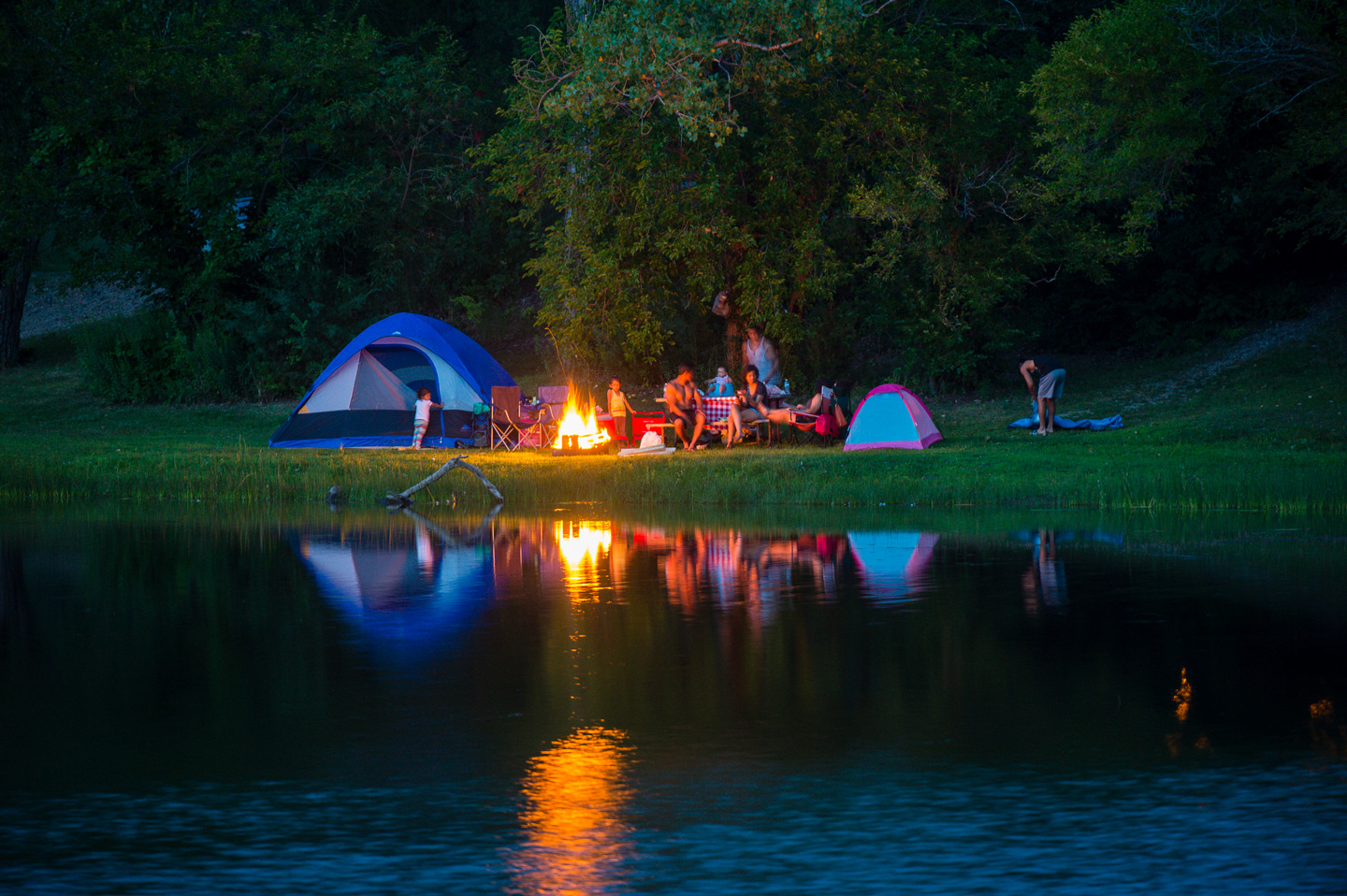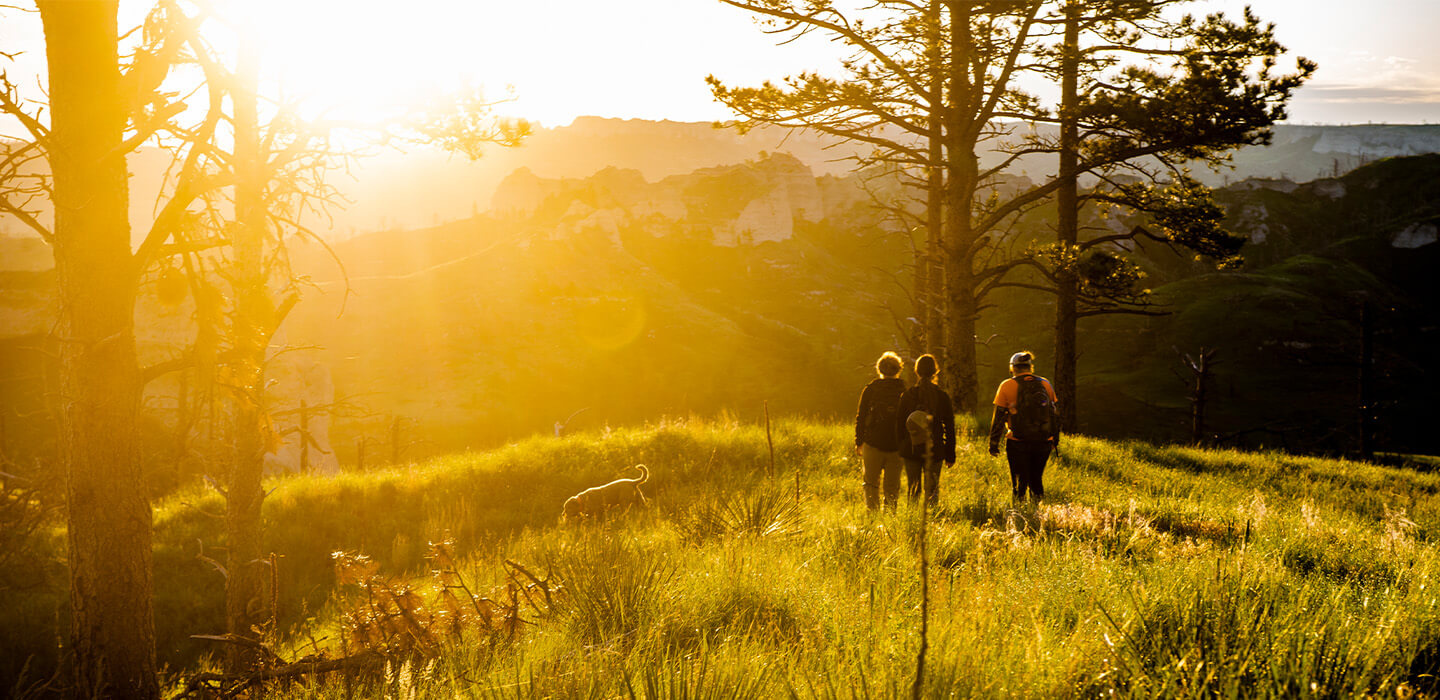Safety in Parks during Hunting Season
Limited managed hunting is offered at state park and state historical parks as part of wildlife management for healthy and sustainable wildlife populations.
Standard hunting regulations apply, and parks with managed hunting have several safety requirements in place, including distancing requirements from campgrounds, parking lots and other areas, hunter check-ins and signs posted at designated hunting areas.
Park guests are encouraged to use the following safety guidelines:
Know hunting season dates
Applicable hunting dates, species allowed and methods of take are specific to designated park areas.
Know which areas allow hunting
Only limited state park areas and state historical parks allow hunting at specific times. State recreation areas and wildlife management areas often are open to hunting for the full season but are subject to their own restrictions.
Pay attention to signage
Parks and wildlife management areas post signs indicating any additional safety measures parkgoers should be aware of.
Wear bright clothing
While hunter orange is best for visibility, any bright color will stand out. Avoid muted or earthy tones.
Stay on designated trails
Hunters typically avoid well-worn paths; sticking to trails increases one’s visibility.
Use extra caution at dawn or dusk. Deer are most active during these times, and low light can make it more difficult for hunters to make out colors or shapes.
Make yourself known
If you hear shooting, use your voice to let hunters know you are in the area. Once he or she is aware of you, be courteous and don’t make additional unnecessary noise that disturbs wildlife.



